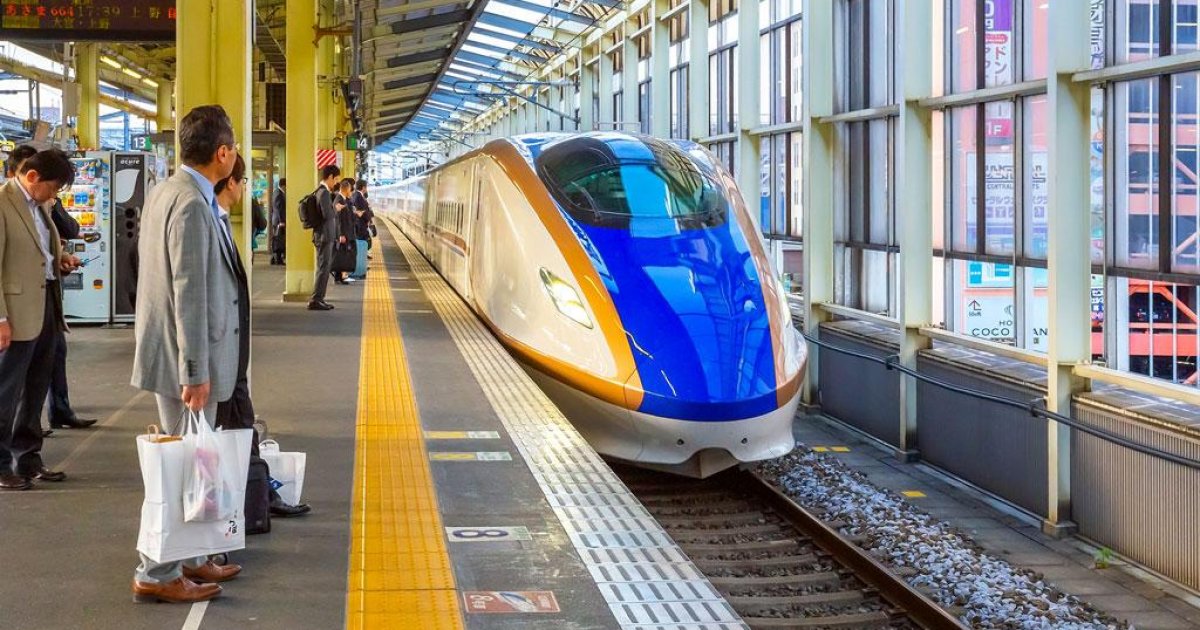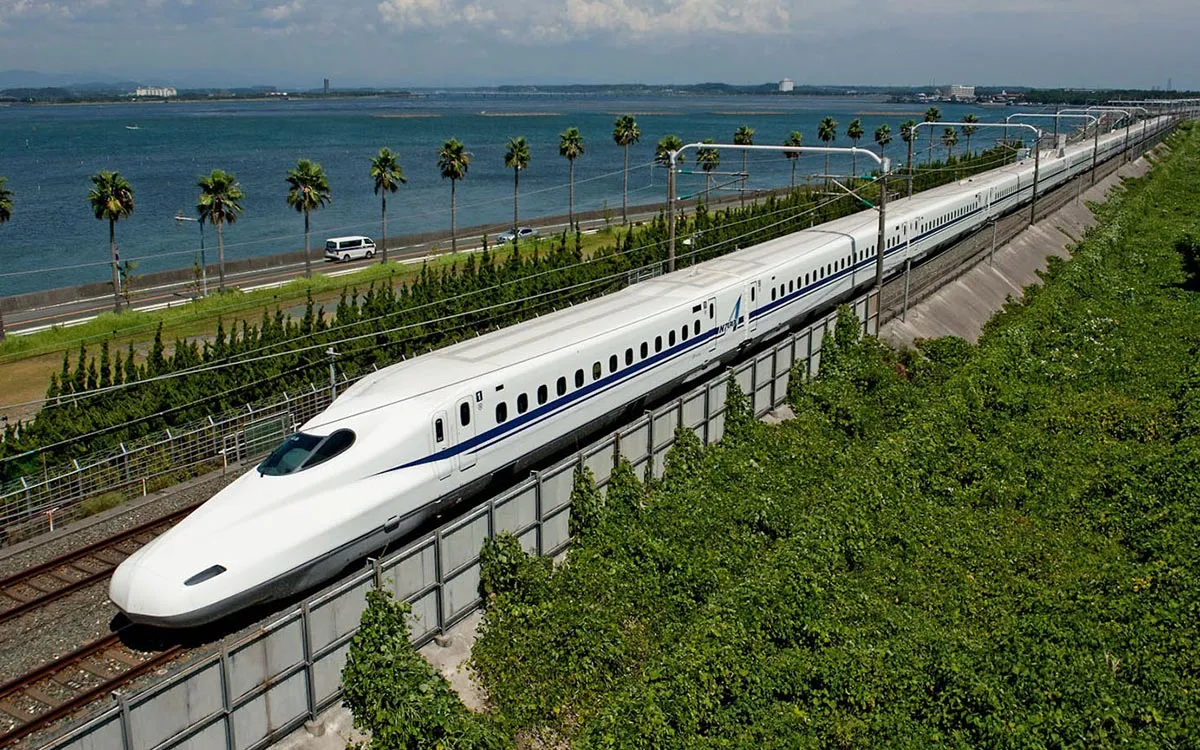
How the Bullet Train Transformed Japan
When the first Shinkansen (bullet train) sped between Tokyo and Osaka in 1964, just in time for the Tokyo Olympics, it was more than just a marvel of engineering — it was a symbol of a new Japan. After decades of rebuilding from the devastation of World War II, the nation was ready to showcase its technological prowess, and the bullet train became a bold statement to the world.
A Leap in Speed and Efficiency
The original Shinkansen reached speeds of 210 km/h (130 mph), drastically cutting travel time between major cities. This was revolutionary in an era when most trains ran at half that speed. Suddenly, business travel, tourism, and daily commutes were reimagined. What used to take nearly seven hours by train now took just over three — and today, it's even faster.
This connectivity helped decentralize Tokyo's economic dominance, allowing businesses to spread out across regions like Nagoya, Kyoto, and Osaka. Commuters could live farther from their workplaces, encouraging the development of suburbs and regional towns.
Economic Growth on the Fast Track
The Shinkansen played a key role in boosting Japan’s economy. By improving logistics and travel, it helped facilitate trade, tourism, and workforce mobility. The train lines became economic corridors, and cities with bullet train stations often saw a rise in development and investment.
The bullet train also became a global export. Japan’s expertise in high-speed rail has been sought after by countries like Taiwan and India. Even though the U.S. and other nations have been slower to adopt similar systems, the influence of Japan’s model is undeniable.
Cultural and Social Impact
Beyond economics, the bullet train changed how Japanese people thought about distance and time. A day trip from Tokyo to Kyoto — once unimaginable — became routine. Families could visit relatives more easily, and tourists gained access to more parts of the country in a single trip.
The train also became a cultural icon — its sleek design, punctuality, and safety (with no passenger fatalities from derailments or collisions in over 50 years) became symbols of Japanese precision and discipline.
Environmental Advantages
High-speed rail is also significantly more energy-efficient than cars or planes. The Shinkansen helped reduce reliance on domestic flights and long-distance driving. Modern trains run on electricity and have increasingly incorporated green technologies, such as regenerative braking and energy-efficient systems.
Looking Ahead
Today, Japan continues to lead in high-speed rail technology. The latest developments include the Maglev (magnetic levitation) train, which is expected to connect Tokyo and Nagoya in under 40 minutes by the mid-2030s.
While challenges remain — such as high costs and the need to maintain aging infrastructure — the bullet train remains a shining example of how transportation can reshape a nation. More than just a way to get from point A to point B, the Shinkansen helped define modern Japan.

You must be logged in to post a comment.